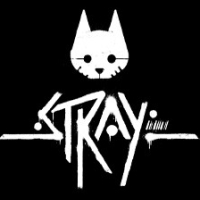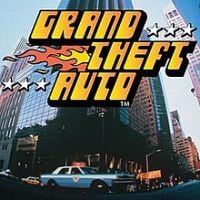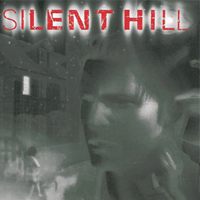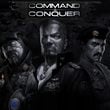Command & Conquer – Gulf War. The Unusual Inspirations Behind Famous Video Games
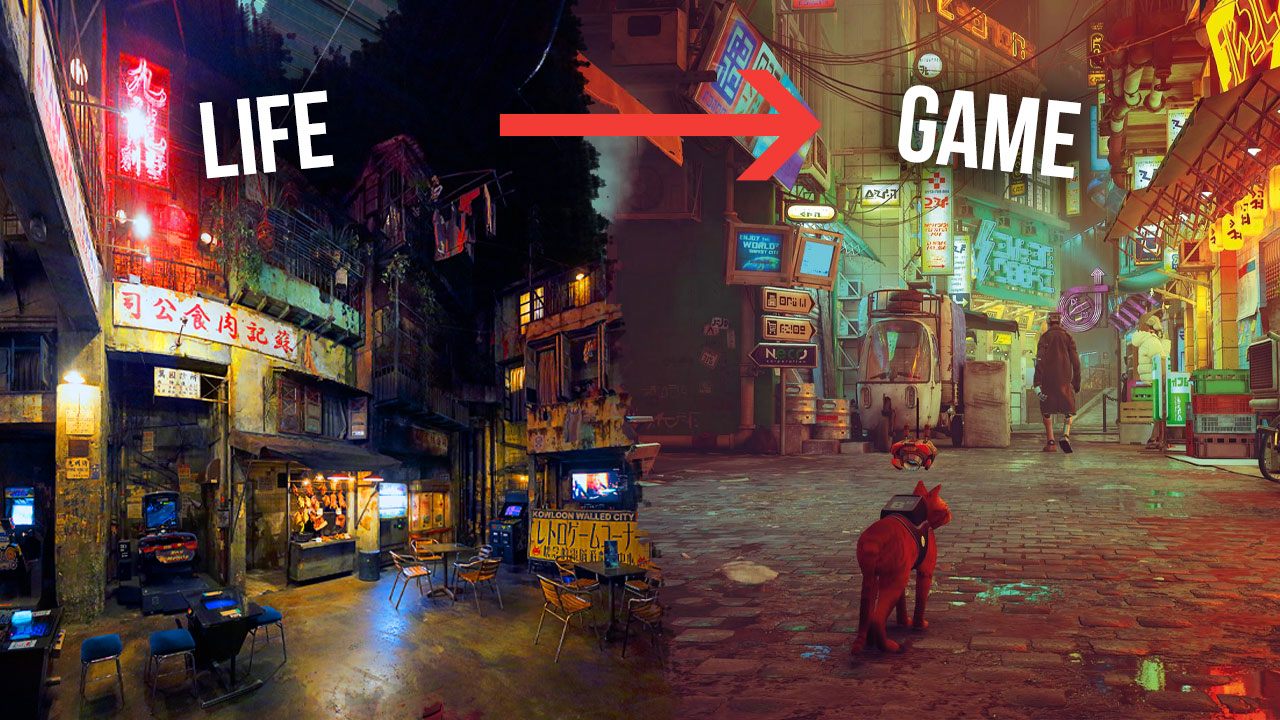
- The Unusual Inspirations Behind Famous Video Games
- Plague Tale: Innocence – a TV commercial and Japanese PS2 classic
- Command & Conquer – Gulf War
- NieR: Automata – Coca-Cola vending machine
- Stray – a housing estate in Hong Kong
- Silent Hill – Jacob's Ladder
Command & Conquer – Gulf War
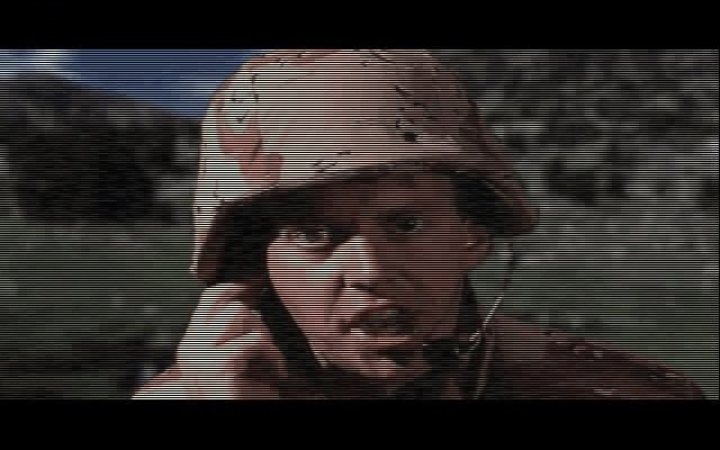
- Genre: real-time strategy
- Release year: 1995
- Developer: Westwood Studios
Westwood studio became famous thanks to Dune II – a game that basically defined the RTS genre, later popularized by the equally famous Command & Conquer series. The same creators, the same gameplay, and familiar ideas. Previously, the devs were inspired by Frank Herbert's prose, and in C&C , they gave us an alternative version of our own world with two factions: Brotherhood of Nod and Global Defense Initiative fighting for access to the mysterious substance called Tiberium. So, does this mean a typical sequel made with much more panache, in slightly different climates? Almost.
In a slightly obscure manner, Command & Conquer presented am interpretation of the war in the Persian Gulf, aka Operation Desert Storm completed four years earlier, designed to liberate Kuwait, previously annexed by the army of Iraq. While many other games from that period were completely direct in depicting the struggles of the coalition forces fighting against Iraq military, C&C did it somewhat clandestinely, thus gaining more creative freedom and avoiding any controversies at the same time.
The similarities between the Gulf War and Command & Conquer were highlighted by blogger Andrew Whitehead. There, first of all, the significant influence of the media on the narratives from the conflict are discussed. Operation Desert Storm became (in)famous as war with live TV coverage, blurring the lines between news coverage and entertainment, which was later strongly criticized. A criticism of media coverage of war can also be seen in the numerous, well-realized, live-action cutscenes to Command & Conquer. You can see the asymmetric conflict of a much more modern and technologically advanced GDI army with more "primitive" NOD, with many GDI and NOD units modelled on the US Army, which probably everyone recognizes all to well from TV coverage.
It's worth mentioning that the first, working version of Command & Conquer from the beginning of 1993 was based on a completely different concept – it was supposed to take place in a strictly fictional universe in high fantasy convention. The idea was changed precisely under the influence of the political and media atmosphere of that time, especially the mentioned broadcasts from Operation Desert Storm.
Command & Conquer was originally a fantasy game with warriors and sorcerers, but Brett [Sperry; the co-founder of Westwood studio – ed. note] was convinced that a modern setting will be more accessible and understandable to most players. So, the game switched to "modern warfare" and began to take the shape of the C&C known today.
[...]
War was everywhere in the news, and there was also the widespread threat of terrorism. This definitely had an impact on the world shown in C&C, although we created an alternative version of reality to avoid possible confrontations and comparisons with real, grave problems that are always posed by real wars.
Louis Castle – co-founder of Westwood Studios
Command & Conquer is therefore not only a great game and a timeless classic, but also an interesting chronicle of its era, with a fairly clear-cut border between fiction and reality.
